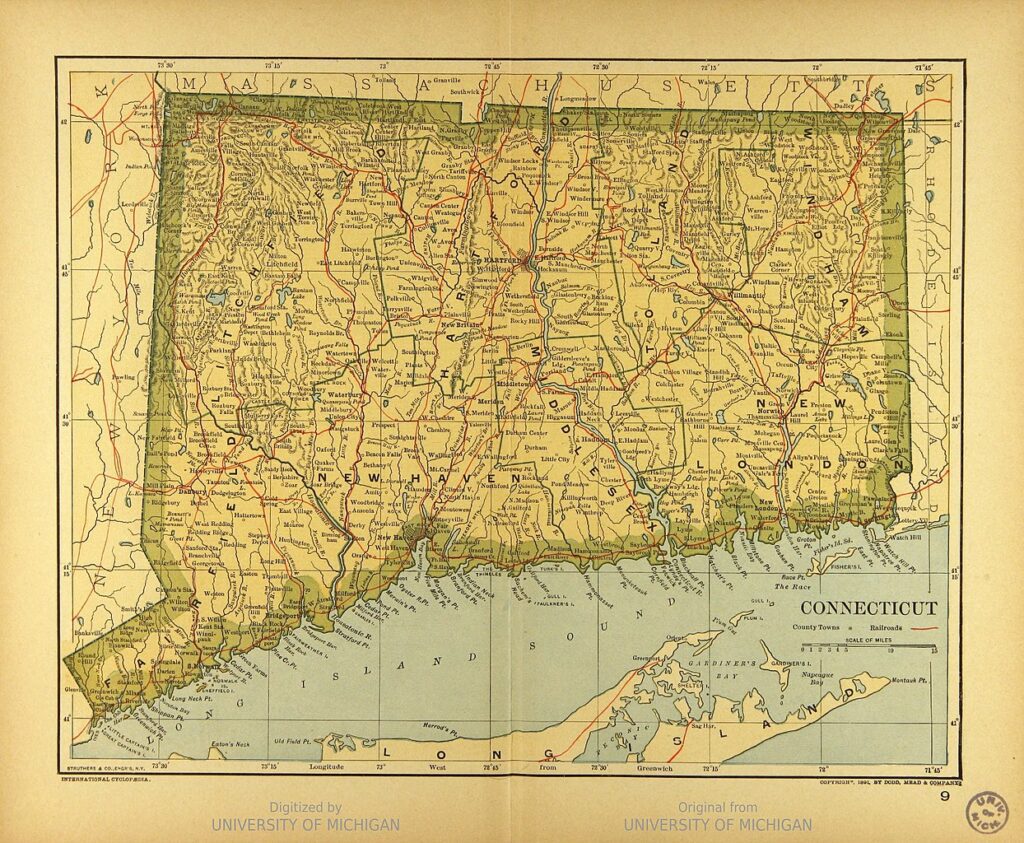First U.S. law to ban immigration based on nationality, targeting Chinese laborers.
Authorized the internment of Japanese Americans during WWII.
Provided visas to refugees fleeing communism and natural disasters.

Hover over the markers to discover immigration facts for each county.

The majority of Connecticut’s immigrant population (77.9%) is of working age (16-64 years), compared to 66% of the U.S.-born population. This highlights their essential role in addressing workforce gaps and supporting the state’s economy.



Connecticut is one of 11 sanctuary states, committed to protecting immigrant rights and fostering inclusivity.
https://www.americanimmigrationcouncil.org/research/immigrants-connecticut
https://d101vc9winf8ln.cloudfront.net/documents/37493/original/CT_Hartford_iDod_Fact_Sheet.pdf?160433651
https://d101vc9winf8ln.cloudfront.net/documents/41455/original/New_Haven_Connecticut_iDodfactsheet.pdf?1635351467
https://data.census.gov/table?g=0400000US09$0500000&tid=ACSST1Y2021.S0501
https://data.census.gov/table?g=0400000US09$0500000&tid=ACSST5Y2021.S0501
https://www.census.gov/quickfacts/windhamcountyconnecticut
https://www.fairus.org/issue/sanctuary-policies/do-you-live-1-11-sanctuary-states
https://www.migrationpolicy.org/data/state-profiles/state/demographics/CT
https://portal.ct.gov/-/media/POST/GENERAL_NOTICES/2019/19-05-Act-Concerning-the-Trust-Act.pdf

IRIS means hope, helping refugees and immigrants rebuild their lives and strengthen our communities.
Mailing-Only Address
33 Dixwell Ave #380
New Haven, CT 06511
Email: [email protected]
Phone: 203.562.2095
IRIS is a 501(c)(3) nonprofit
EIN 06-0653044